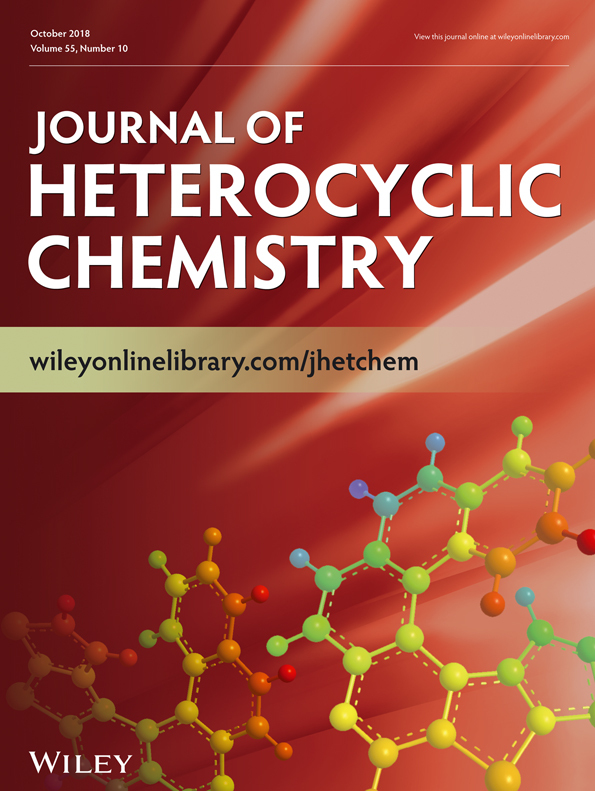An Efficient Green Synthetic Approach to the Synthesis of 4H-Chromene Compounds under Solvent-free Conditions
Abstract
Here, we describe a simple method to synthesize the starting intermediate 2-amino-8-benzylidene-4-phenyl-5,6,7,8-tetrahydro-4H-chromene-3-carbonitrile (6) by the reaction of 2,6-dibenzylidene cyclohexanone with malononitrile in the presence of triethyl amine under solvent-free conditions. The o-amino carbonitrile compound 6 was used as a versatile precursor for synthesis of novel heterocyclic compounds fused to the 4H-chromene ring system heterocycles 7–17 such as chromenopyrimidines, chromenoimidazopyrimidine, chromenopyrimidotriazepinone, and chromenotriazolopyrimidine. The chemical structures of the newly synthesized compounds were established on the basis of elemental and spectral analyses including melting point, thin-layer chromatography, Fourier transform infrared spectroscopy, 1H-NMR, and mass spectroscopy, hoping these molecules would allow us to investigate their pharmacological activities in future studies.




